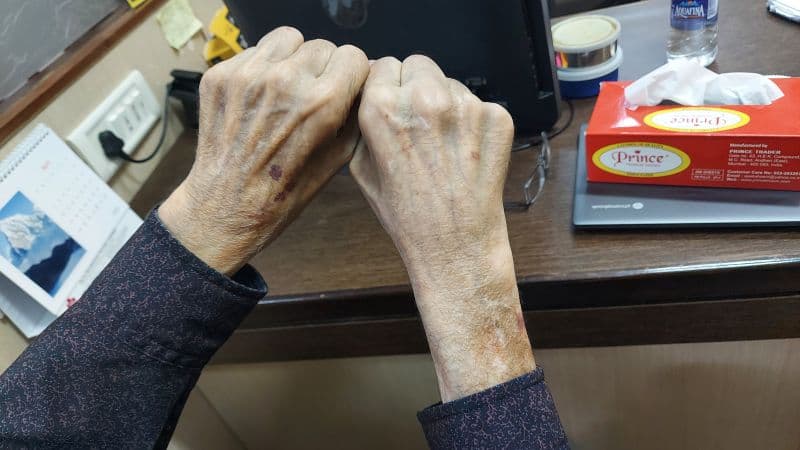Related Research Paper:
I don’t know because these guys are in a different world than I am. I wonder if they gave it to a couple dogs at home or something just to see if it goes ok. Otherwise they announce it to the world, and it falls flat?
Also testing this probably runs high 6 figures. How? Never mind. I know, but to a farmer where we test stuff all the time, and lose animals once in a while…it seems like they could do it cheaper.
Katcher already gave E5 to his right hand and it apparently worked. If pig’s exosomes worked on rats and on human skin I think they’ll work with dogs too.
I’ve been waiting to hear more from Juvan/Karcher. Hopefully results don’t take too long.
More good news on young blood:
Multi-omic rejuvenation and lifespan extension on exposure to youthful circulation
Heterochronic parabiosis (HPB) is known for its functional rejuvenation effects across several mouse tissues. However, its impact on biological age and long-term health is unknown. Here we performed extended (3-month) HPB, followed by a 2-month detachment period of anastomosed pairs. Old detached mice exhibited improved physiological parameters and lived longer than control isochronic mice. HPB drastically reduced the epigenetic age of blood and liver based on several clock models using two independent platforms. Remarkably, this rejuvenation effect persisted even after 2 months of detachment. Transcriptomic and epigenomic profiles of anastomosed mice showed an intermediate phenotype between old and young, suggesting a global multi-omic rejuvenation effect. In addition, old HPB mice showed gene expression changes opposite to aging but akin to several lifespan-extending interventions. Altogether, we reveal that long-term HPB results in lasting epigenetic and transcriptome remodeling, culminating in the extension of lifespan and healthspan.
Paywalled Paper:
